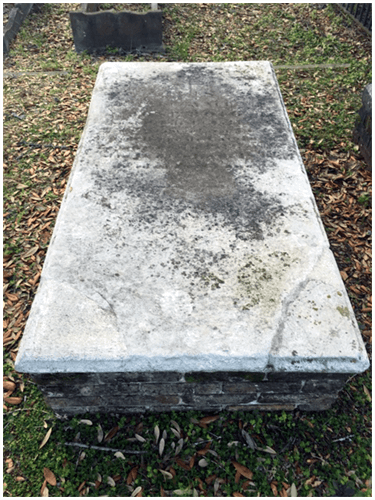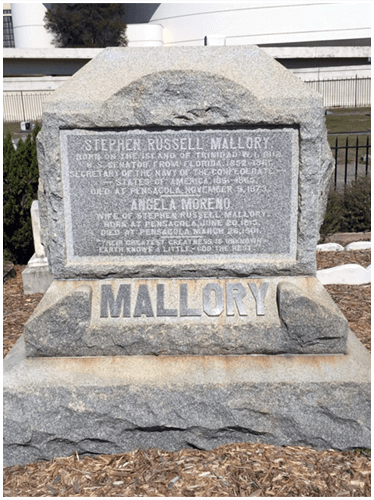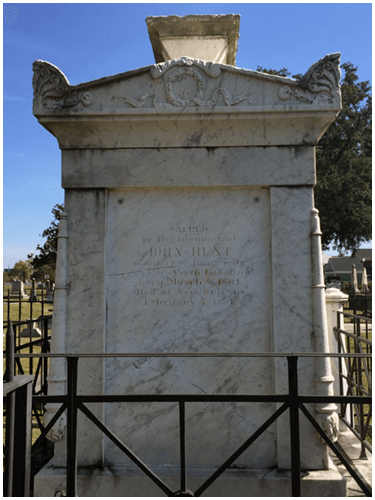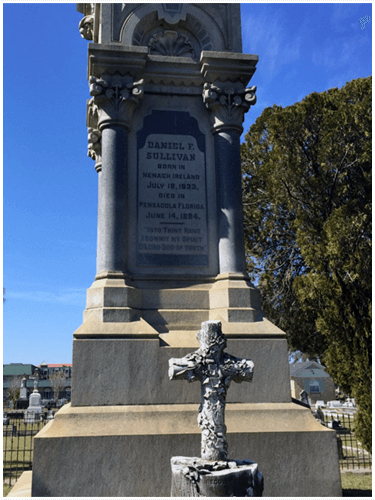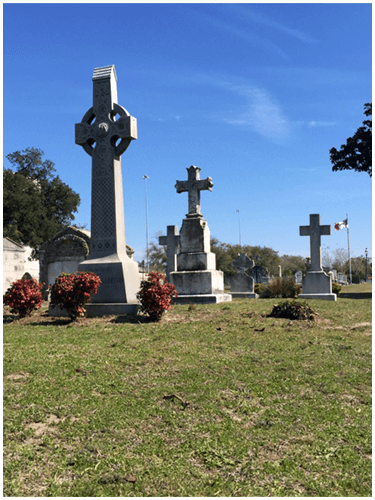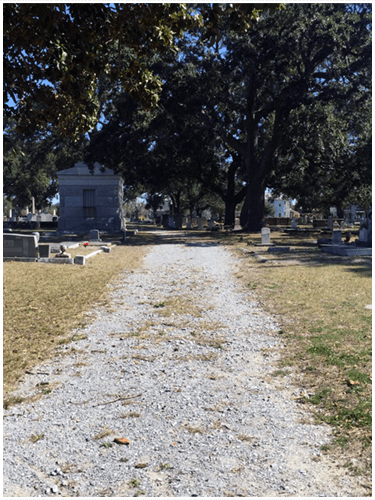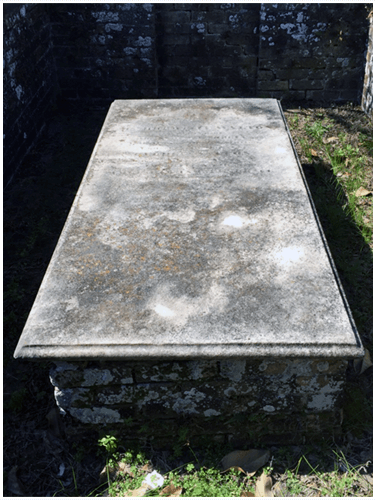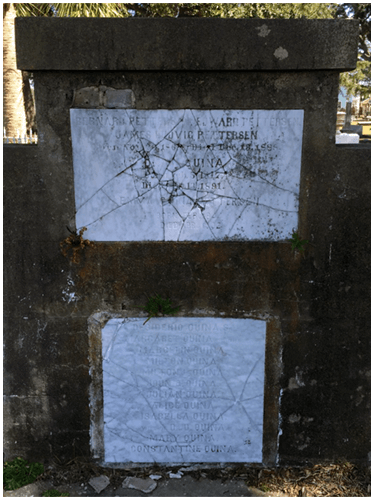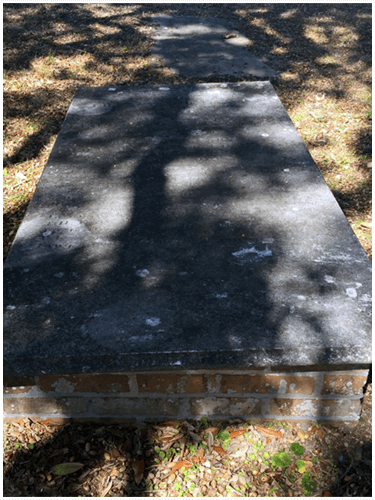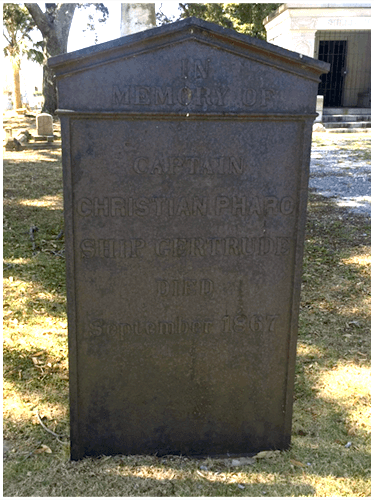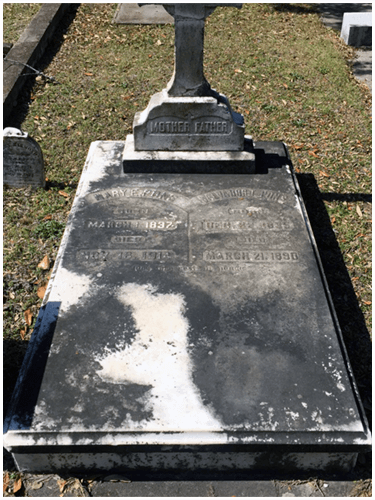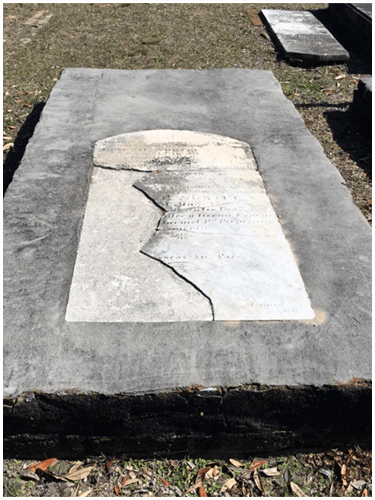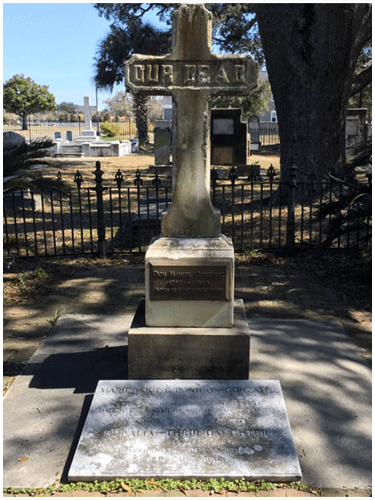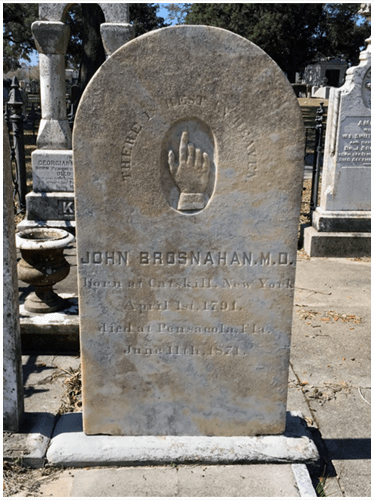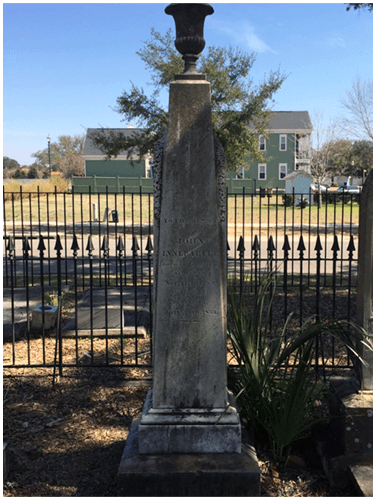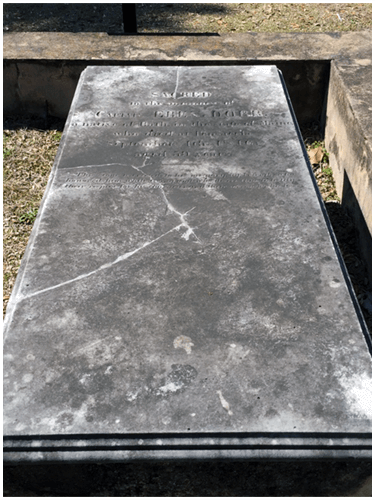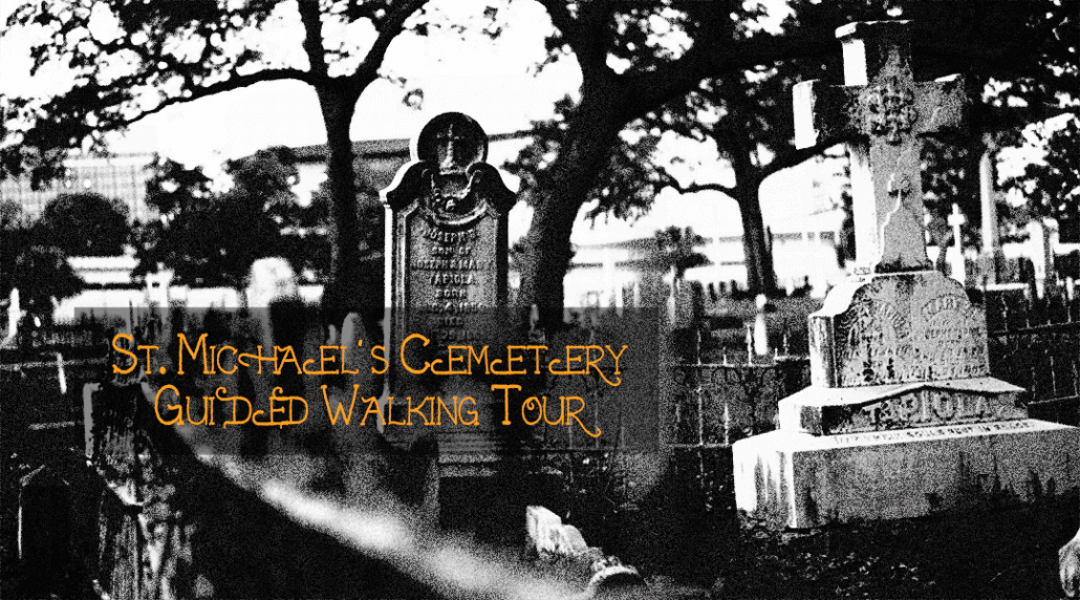

Reminiscing the past...
Located in the heart of historic Downtown Pensacola, Florida, St. Michael’s Cemetery covers approximately eight acres of land and contains over 3,000 marked grave sites. The cemetery, which dates back to the late 18th century, showcases Pensacola’s rich and diverse history.
St. Michael’s Cemetery tells a fascinating story about the history of America’s oldest settlement. To learn more about the history of this historic site, visit the St. Michael’s Cemetery official website.

This interactive map provides a satellite view of St. Michael’s Cemetery with markers showing the precise location of each point of interest in the guided walking tour.
The map ID you have entered does not exist. Please enter a map ID that exists.

To assist you in taking the guided walking tour, you can begin at the Guided Walking Tour section below, which has a brief introduction to the mobile device-enhanced guided walking tour and a video that virtually walks you to the first site in the tour (the memorial of Stephen R. Mallory). Once you arrive at the first destination, you may observe the site and read the historical placard. When you are ready to move on to the next site, simply select the nice site, which directs you to the corresponding “Memorials” page of the next memorial.
Click on the video below to begin the tour! You will be guided to the first memorial in the tour: Stephen R. Mallory.

St. Michael’s Cemetery is an eight-acre green space in the heart of urban, historic Pensacola, Florida. Probably in use by the mid to late 18th century, the land was officially designated a cemetery by the King of Spain in 1807. Although initially assigned to the Catholic inhabitants of Pensacola, people of all faiths have traditionally been buried here. The cemetery is an open air museum that is a testament to the diverse history of Pensacola.
Today, the cemetery is managed by the St. Michael’s Cemetery Foundation of Pensacola, Inc., whose mission is to provide overall management, support restoration and conservation efforts that maintain the historic fabric of the site, and promote public awareness and stewardship through education. The nonprofit Foundation works with the University of West Florida and many community groups and individuals to preserve this historic site.
Source: www.stmichaelscemetery.org

Error: Contact form not found.
